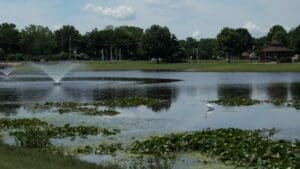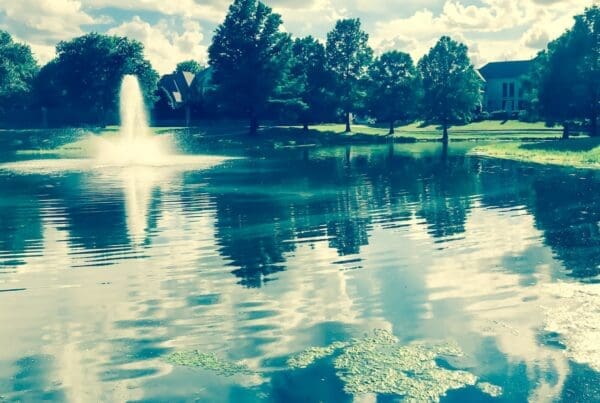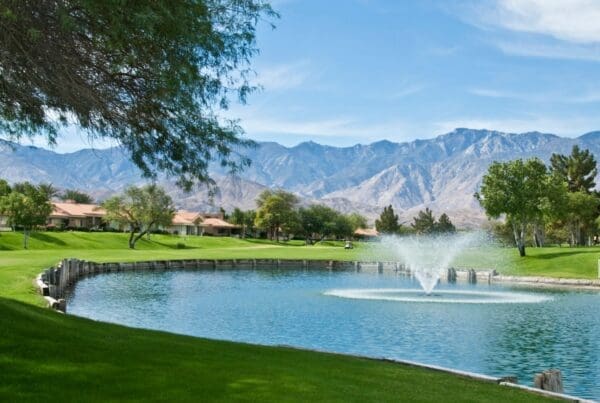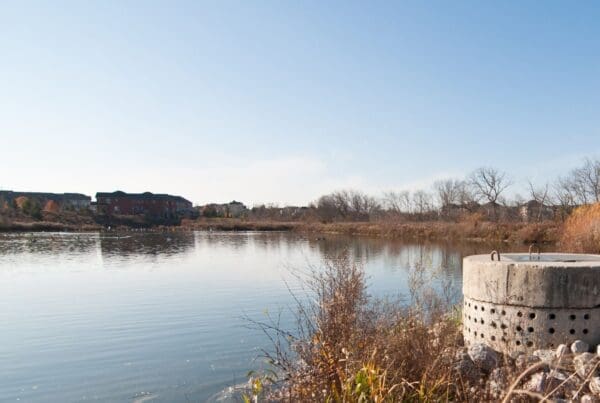Hypereutrophic waters present a major challenge in maintaining the health and balance of aquatic ecosystems. But what exactly does this mean? Hypereutrophic refers to bodies of water, often lakes or ponds, that have excessive concentrations of nutrients, primarily phosphorus and nitrogen. These nutrients, while essential for plant growth, can lead to serious ecological problems when present in high amounts.
The Algae Problem in Hypereutrophic Waters
One of the most significant issues associated with hypereutrophic waters is the rapid proliferation of algae. When nutrient levels rise, algae blooms flourish, resulting in green, murky waters. This not only affects the aesthetic appeal of the water body but also its overall health. Excessive algae growth can disrupt the balance of aquatic ecosystems, suffocate fish and other marine life, and even pose health risks to humans and animals that come into contact with the water.
Combating Hypereutrophic Waters
Algae overgrowth in hypereutrophic waters can often be remediated through proper aeration. Aeration is a natural process that involves increasing the amount of dissolved oxygen in the water. By creating movement in the water, more oxygen from the air can dissolve into it, providing a solution to combat the algae issue. This method not only helps to restore balance to aquatic ecosystems but also promotes the growth of beneficial organisms, reduces foul odors, and improves overall water quality. Aeration plays a crucial role in creating healthier and more sustainable environments, benefiting not only the aquatic life but also the surrounding ecosystem and human activities such as fishing, swimming, and other water-related recreational activities.
The Algae-Reducing Magic of Aeration
Pond aeration is an effective method for reducing algae growth, and the answer is a resounding yes! Aeration works wonders in combating algae through multiple mechanisms.
- Increasing oxygen levels in the water through aeration accelerates the breakdown of decaying matter, including algae. This helps remove existing algae and prevents the release of excess nutrients that fuel further growth.
- Aeration disrupts stagnant conditions that favor algae growth. By creating movement and circulation in the water, it makes the environment less suitable for algae to proliferate. Dynamic water flow hinders algae from settling and spreading, reducing their overall presence.
Pond aeration is a highly beneficial practice for algae control, as it promotes the breakdown of decaying matter and disrupts the stagnant conditions that algae thrive in. By incorporating aeration into your pond maintenance routine, you can effectively reduce algae growth and maintain a healthier and more balanced aquatic ecosystem.
Benefits of Pond Aeration
Pond aeration offers a multitude of benefits that extend far beyond algae reduction. Not only does aeration improve the overall water quality, but it also results in clearer and healthier conditions for aquatic life to thrive. By circulating and oxygenating the water, aeration prevents the accumulation of harmful gasses such as methane and hydrogen sulfide, which are byproducts of decaying organic matter. This process not only fosters a safer environment but also contributes to the enhancement of the pond’s biodiversity by creating a more welcoming habitat for a wide range of aquatic species.
Pond and Lake Fountains and Aeration
One highly effective method of aeration involves the use of pond and lake fountains. These devices operate by spraying water into the air, creating an attractive visual while simultaneously increasing the surface area of the water exposed to the surrounding atmosphere. This expanded exposure allows for a greater amount of oxygen to dissolve into the water, resulting in efficient and thorough aeration.
Lake fountains and aeration are inseparable partners when it comes to managing hypereutrophic waters. Not only do these fountains provide the necessary aeration to combat excessive algae growth, but they also contribute an undeniable aesthetic appeal to the water body. The combination of enhanced oxygen levels and the visual allure of the fountain creates a harmonious balance that benefits both the health and beauty of the aquatic environment.
Conclusion
Managing hypereutrophic waters is no small task, but with the right strategies in place, it’s entirely possible. Aeration, particularly through the use of aeration fountains, offers a natural and effective solution to the algae problem that plagues many hypereutrophic lakes. By understanding the benefits of pond aeration and implementing it, we can maintain the health and beauty of our water bodies. So let’s embrace the algae-reducing magic of aeration and say, “Begone!” to hypereutrophic waters. Contact us today to explore your aeration options and take the first step towards healthier aquatic ecosystems.




